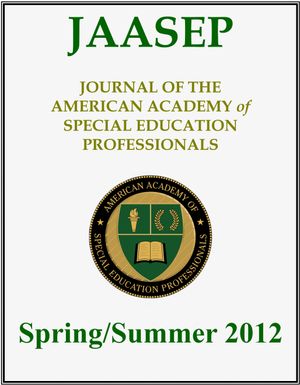Starting from:
$4.95
Poverty and Learning: The Effects of Poverty in the Classroom
Abstract
“Education is the most powerful weapon which you can use to change the world” Nelson Mandela (Strauss, 2013)
Nelson Mandela’s statement provides the basis for this article. Education provides a means of escaping the consequences of poverty. Children who live at or below the poverty level must overcome the detrimental effects of poverty before education can begin. The causes of poverty in America is as varied as the number of students affected. The one theme that evolved from the research is the number of children affected by poverty continues to grow (Flores, 2014; Ehrenfreund, 2016; Staff, 2017). With more than 19% of public school children affected by poverty in the United States, researchers are delving into the reprecussions related to the long term effects of children living below the poverty level. This article reviews the prevelance of poverty and growth of “extreme” poverty. Through research, the author presents the expanse of poverty in the United States. The author also examines the educational effects of living at or below the poverty level for young children. The author examines several long-term and short-term studies relating to the physical evidence of developmental effects of poverty on childhood learning and the long term effects. Finally, this article offers several interventions that can help meet the needs of the most needy students.
“Education is the most powerful weapon which you can use to change the world” Nelson Mandela (Strauss, 2013)
Nelson Mandela’s statement provides the basis for this article. Education provides a means of escaping the consequences of poverty. Children who live at or below the poverty level must overcome the detrimental effects of poverty before education can begin. The causes of poverty in America is as varied as the number of students affected. The one theme that evolved from the research is the number of children affected by poverty continues to grow (Flores, 2014; Ehrenfreund, 2016; Staff, 2017). With more than 19% of public school children affected by poverty in the United States, researchers are delving into the reprecussions related to the long term effects of children living below the poverty level. This article reviews the prevelance of poverty and growth of “extreme” poverty. Through research, the author presents the expanse of poverty in the United States. The author also examines the educational effects of living at or below the poverty level for young children. The author examines several long-term and short-term studies relating to the physical evidence of developmental effects of poverty on childhood learning and the long term effects. Finally, this article offers several interventions that can help meet the needs of the most needy students.
1 file (165.4KB)



